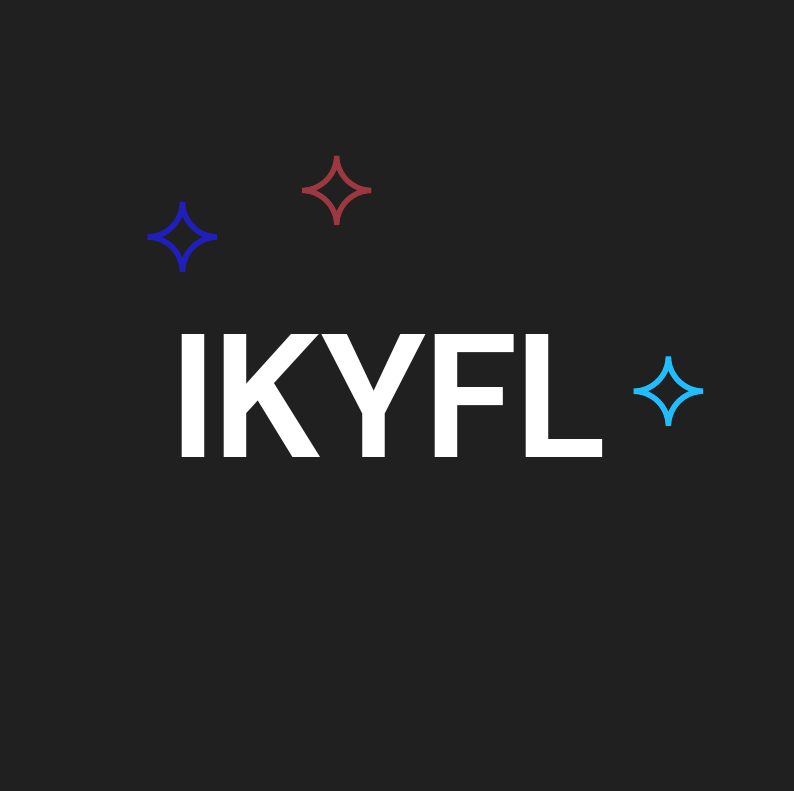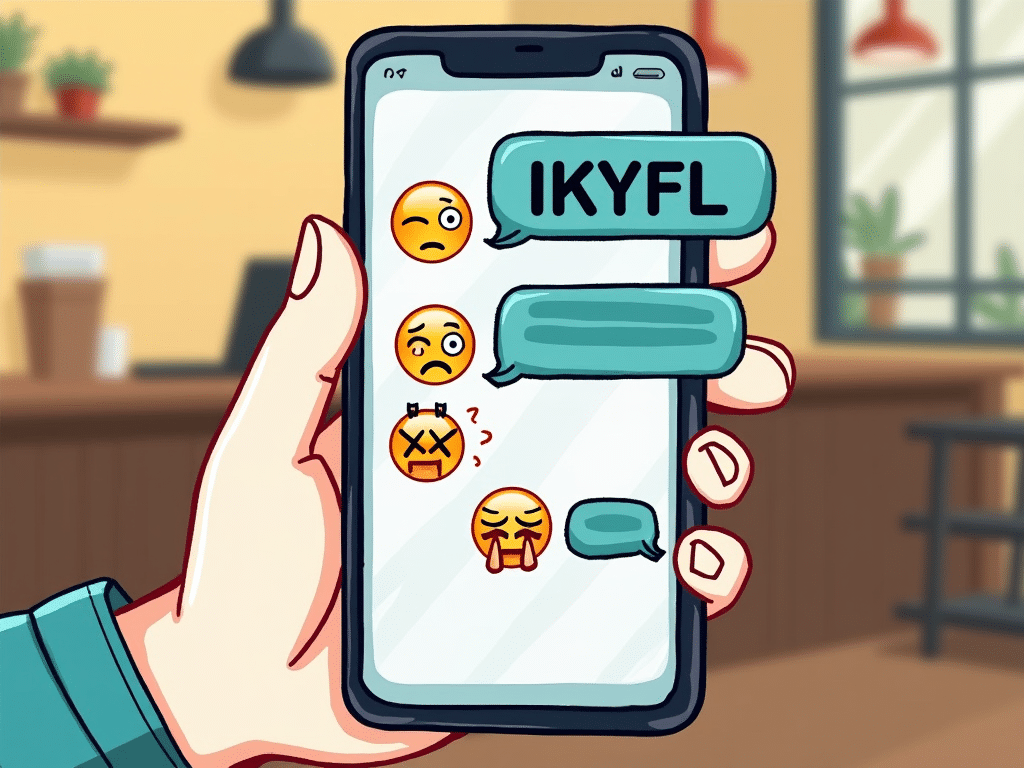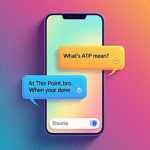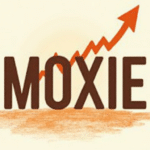In the fast-paced world of digital communication, acronyms often play a significant role in expressing emotions and opinions concisely. IKYFL, an abbreviation for “I Know You’re F#cking Lying,” has gained notable traction, particularly in social media and text messaging circles. In this comprehensive guide, we delve into the meaning, examples, and the cultural significance of IKYFL.
Unveiling the Meaning of IKYFL

Let’s start by unraveling the layers of IKYFL. This acronym, brimming with accusation, is deployed when someone suspects dishonesty. It carries a potent, confrontational vibe, making it unsuitable for both workplace environments and around children due to its explicit language.
IKYFL at a Glance
| Abbreviation | Meaning | Emotion |
|---|---|---|
| IKYFL | I Know You’re F#cking Lying | Accusation |
Suitability for Different Settings
| Safe for work | Safe for children |
|---|---|
| No | No |
Also read: GRWM Meaning
Navigating Social Platforms: IKYFL in Action

Social media platforms like Snapchat and Instagram have played a pivotal role in propelling IKYFL into the digital lexicon. Understanding its context and usage is crucial for decoding modern online conversations.
Snapchat vs. Instagram
| Snapchat | |
|---|---|
| IKYFL | IKYFL |
| I Know You’re F#cking Lying | I Know You’re F#cking Lying |
Also read: KKKK Meaning
IKYFL Through the Years
To comprehend the evolution of IKYFL, we need to trace its journey through time. The acronym gained prominence around 2014 and has since become a staple in social media exchanges and text messages.
Popularity Over Time
Also read: OFC Meaning
Examples Speak Louder Than Words

Examining real-life examples provides insight into how IKYFL is wielded in various situations. Here are a couple of instances that showcase its accusatory power.
- Example 1
- Statement: “IKYFL about where you were last night!”
- Emotion: Accusation
- Intention: Using the abbreviation to accuse the other person of lying.
- Example 2
- Statement: “Hmm. Yeah, I don’t believe it. IKYFL!”
- Emotion: Accusation
- Intention: Employed at the end of a sentence to emphasize a strong feeling of disbelief.
Frequently Asked Questions (FAQs)
1. What situations warrant the use of IKYFL?
- Answer: IKYFL is typically employed when someone strongly believes that another person is being dishonest or deceitful.
2. Is IKYFL considered appropriate for workplace communication?
- Answer: No, IKYFL is not suitable for professional settings due to its confrontational nature.
3. How can one respond to IKYFL?
- Answer: Responding with honesty and clarity can help defuse the tension associated with IKYFL.
4. Are there alternative acronyms with similar meanings?
- Answer: While there are other accusatory acronyms, IKYFL remains distinctive in its explicitness.
5. Can IKYFL be used humorously?
- Answer: While humor is subjective, IKYFL is generally used in serious or tense situations.
6. Is IKYFL part of broader online slang?
- Answer: Yes, IKYFL is part of the evolving landscape of online slang and digital communication.
7. Does the use of IKYFL vary across different age groups?
- Answer: While it may be more prevalent among younger individuals, IKYFL’s usage spans various age groups.
8. Are there cultural nuances associated with IKYFL?
- Answer: Cultural interpretations may vary, but IKYFL is generally understood as a straightforward accusation.
9. Can IKYFL be used playfully among friends?
- Answer: It’s crucial to gauge the context and the dynamics of the relationship, as IKYFL can be perceived as confrontational.
10. How can one defuse a situation after receiving IKYFL?
- Answer: Open communication, understanding, and addressing concerns can help resolve misunderstandings associated with IKYFL.
Also read: WTD Meaning
IKYFL Popularity over time
Unleashing the Power of IKYFL: A Conclusion
In conclusion, IKYFL encapsulates the intensity of accusing someone of falsehood. From its inception in 2014 to its current status as a prominent online acronym, its journey reflects the evolving landscape of digital communication. Navigating its usage requires a nuanced understanding of context and the dynamics of online interactions.








11 thoughts on “IKYFL Meaning”